Blue vervain has a long-standing reputation as a plant with powerful medicinal properties. Commonly found in tinctures and herbal preparations, foragers use vervain to treat a host of medical issues, including anxiety, digestive problems and infections.
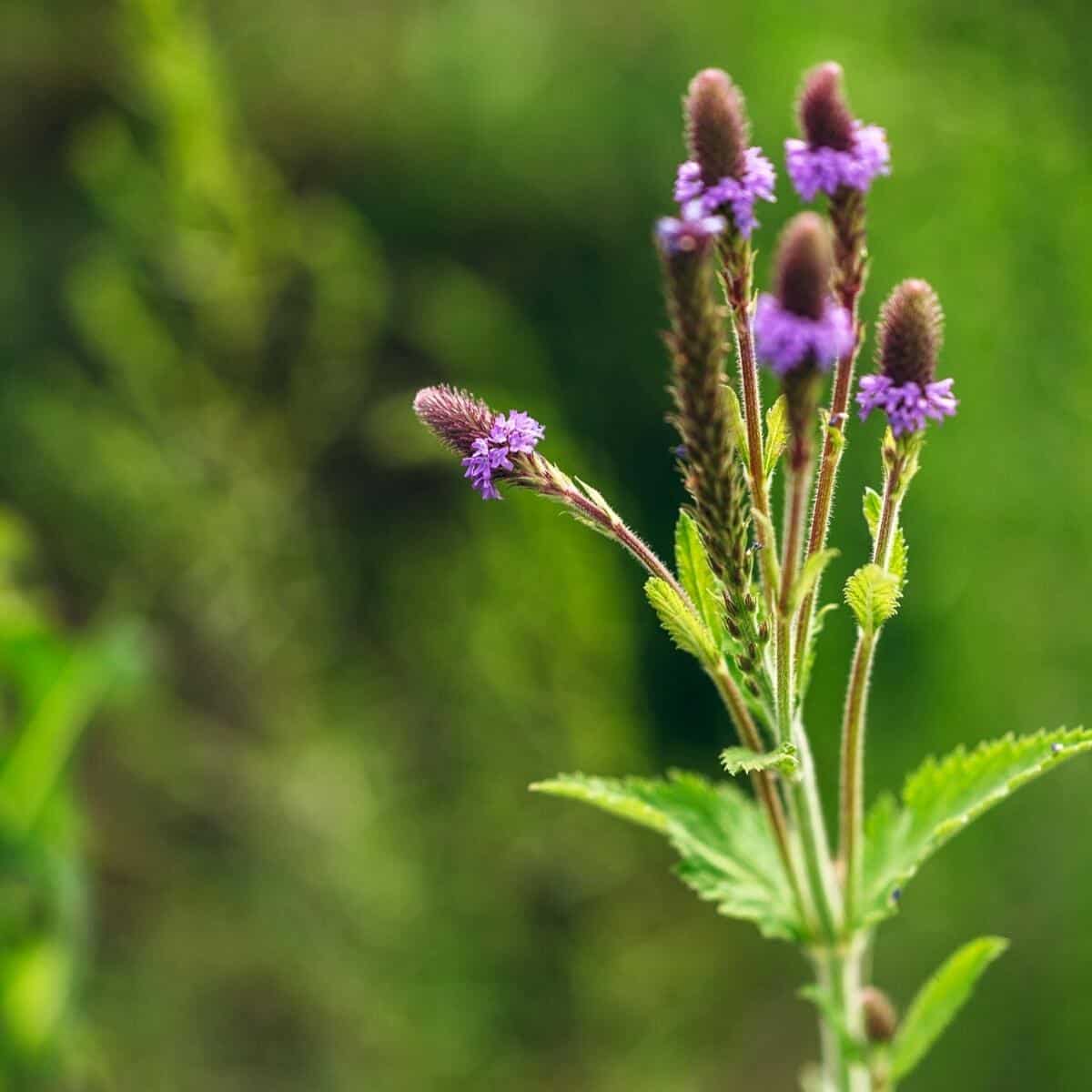
Keep reading to find out more about blue vervain, its uses, how to forage for it, prepare it and why it’s great to have on hand if you happen to come across a vampire.
Jump to:
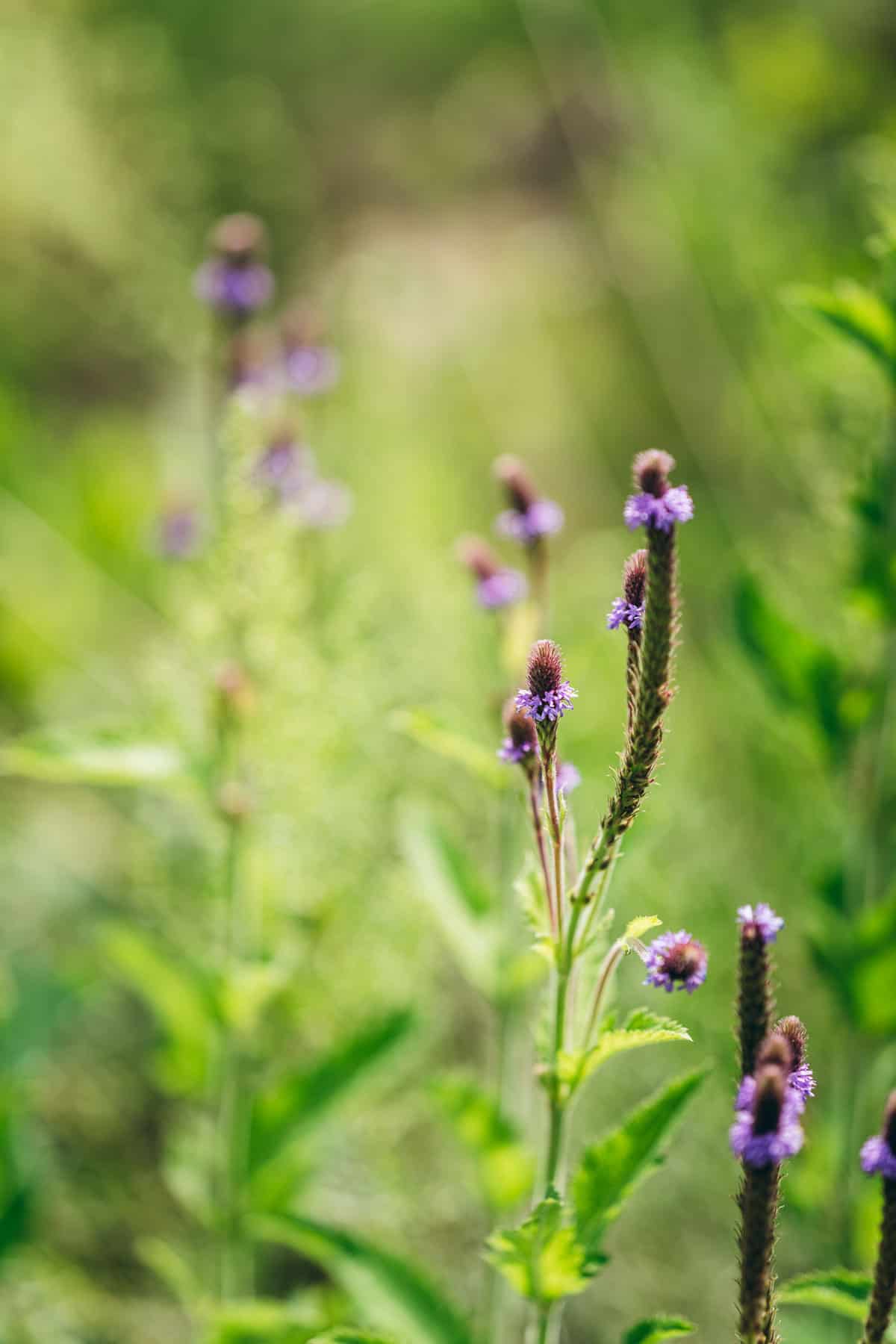
What is Blue Vervain?
Blue vervain, also known as simpler’s joy, holy herb, swamp verbena, American blue vervain, mosquito plant or wild hyssop, is a flowering plant in the vervain family Verbenaceae. Its medical use goes back to the 18th-century book Sauer's Herbal Cure, where the author described it as being used to treat kidney stones.
It’s a perennial plant whose characteristic blue, lilac, violet or purple flowers appear in the summer months and has a lot of medicinal uses, including treating depression and anxiety, as an anti-inflammatory, as an analgesic and many more.
Blue vervain grows in USDA hardiness zone 3-9.
You can often find bees gathering around blue vervain to enjoy their nectar and pollen.
Blue vervain (Verbena Hastata) is not to be confused with lemon verbena, a garden herb with medicinal properties, often used in cooking.
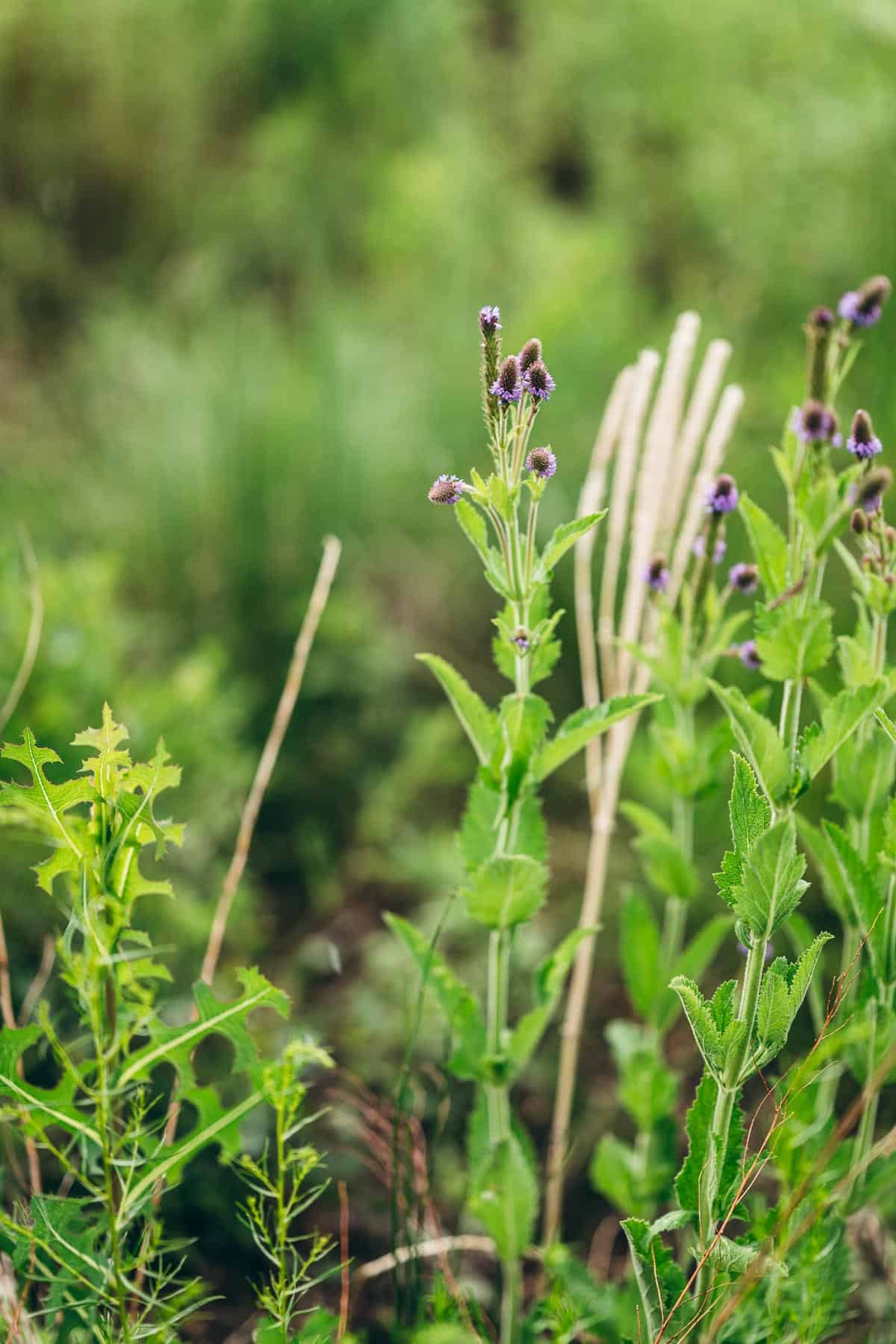
Where Does Blue Vervain Grow?
You can find blue vervain across North America. It prefers moist conditions and partial sunlight and is most commonly found in pastures, prairies, thickets and meadows and anywhere with good water levels like marshes, riversides and ditches.
Despite its preference for being near the water, blue vervain is hardy and can withstand droughts and adverse conditions well.
The variety of blue vervain you’ll find native here in Northern Arizona is called verbena macdougalii and grows in moist meadows and open spaces, often blossoming in June.

Identifying Blue Vervain
If it’s mid to late summer, the first thing you’ll notice about blue vervain is the purple or blue flowers that grow in spikes, in multiple petal arrangements on each plant. Each one is about 5 inches long, and each flower is roughly ¼ inch across.
Once the blooms fade, they give way to small triangular nutlets, red or brown in color.
Vervain stems can be either green or red, and they are square-shaped and hairy. The leaves are jagged, grow up the stems in pairs, and are lance-shaped.

Foraging for Blue Vervain
It’s best to harvest blue vervain when it’s blooming, as this is when the beneficial compounds that give it its medicinal properties are at their strongest.
To harvest blue vervain, take hold of the plant firmly in one hand and, using a sickle, cut with the other. Always try to cut into the plant in one pulling movement, rather than sawing, to avoid damaging the stem.
Always cut the plant as far down as possible. If there are any yellow-coloured leaves, leave these behind.

What is Blue Vervain Good For?
Blue vervain contains several beneficial compounds, which may be why it has so many medicinal benefits. Some of the things that people treat using blue vervain are:
- Anxiety. Brewed into a tea, vervain can help ease anxiety. Researchers found that its effectiveness at reducing anxiety was comparable to diazepam, a popular anti-anxiety drug. The effectiveness at relieving anxiety may be because of the plant's flavonoid and tannin content.
- Insomnia. Vervain is a mild sedative, which means that it can be helpful for people who have insomnia as it allows them to fall asleep more quickly and easily.
- Digestive problems. Mainly if stress and anxiety are causing digestive issues, drinking vervain tea can help to ease symptoms. A study has also shown that vervain is an effective treatment for diarrhea. It can also help soothe ulcers.
- Treating infections. Studies have shown that vervain may have antibacterial properties. It’s been used historically to treat infections of the upper respiratory and urinary tracts and is effective against many different strains of bacteria.
- Headaches. Vervain is thought to be an effective analgesic and anti-inflammatory, which makes it effective in treating headaches.
- Fever. Blue vervain has minor fever reducing effects that come in handy with mild fevers and infections.
- Skin ailments. Externally, blue vervain can make an excellent treatment for acne, eczema and other skin ailments, thanks to its natural antiseptic and antibacterial properties.
- Coughs. Blue vervain acts as a natural expectorant which can be helpful with both acute and chronic coughing.
Vervain is generally well tolerated by most people; however, some may experience side effects when taking it - particularly pregnant women, nursing mothers and people with iron deficiencies. It may also interfere with blood-thinning drugs like warfarin.
It’s a good idea to speak with your healthcare provider before introducing vervain into your diet, particularly if you are in any of the groups above or are taking medications.

Blue Vervain Uses
Blue vervain tea and tinctures have several different uses:
- Drinking vervain tea before bed can help people with insomnia fall asleep more easily, both because of its sedative properties and the soothing nature of warm drinks.
- Vervain tea contains tannins and flavonoids, which help with anxiety. Therefore, drinking vervain tea can help to ease anxiety symptoms. Vervain tinctures can also help with anxiety.
- People who are having trouble with their digestion often drink vervain tea. Vervain is known to have properties that help support the digestive system, and when combined with warm water, this can help break down undigested food, which can cause an upset stomach.
- Vervain tea and tinctures are thought to be helpful for people who have a low mood or depression.
- A study has shown that using a herbal infusion of vervain could be helpful when managing gingivitis and chronic gum infections.
- Vervain has antibacterial properties, so vervain could be a helpful supplement to people who are dealing with an infection. In particular, people use vervain to help treat UTIs (urinary tract infections). In addition, a vervain tea on an empty stomach can be beneficial for UTIs as the extra liquid will help flush out the bacteria.
- Vervain is often used to alleviate headaches. You can use powdered vervain or a vervain tincture, or you can make vervain tea which has the soothing benefits of hot water.
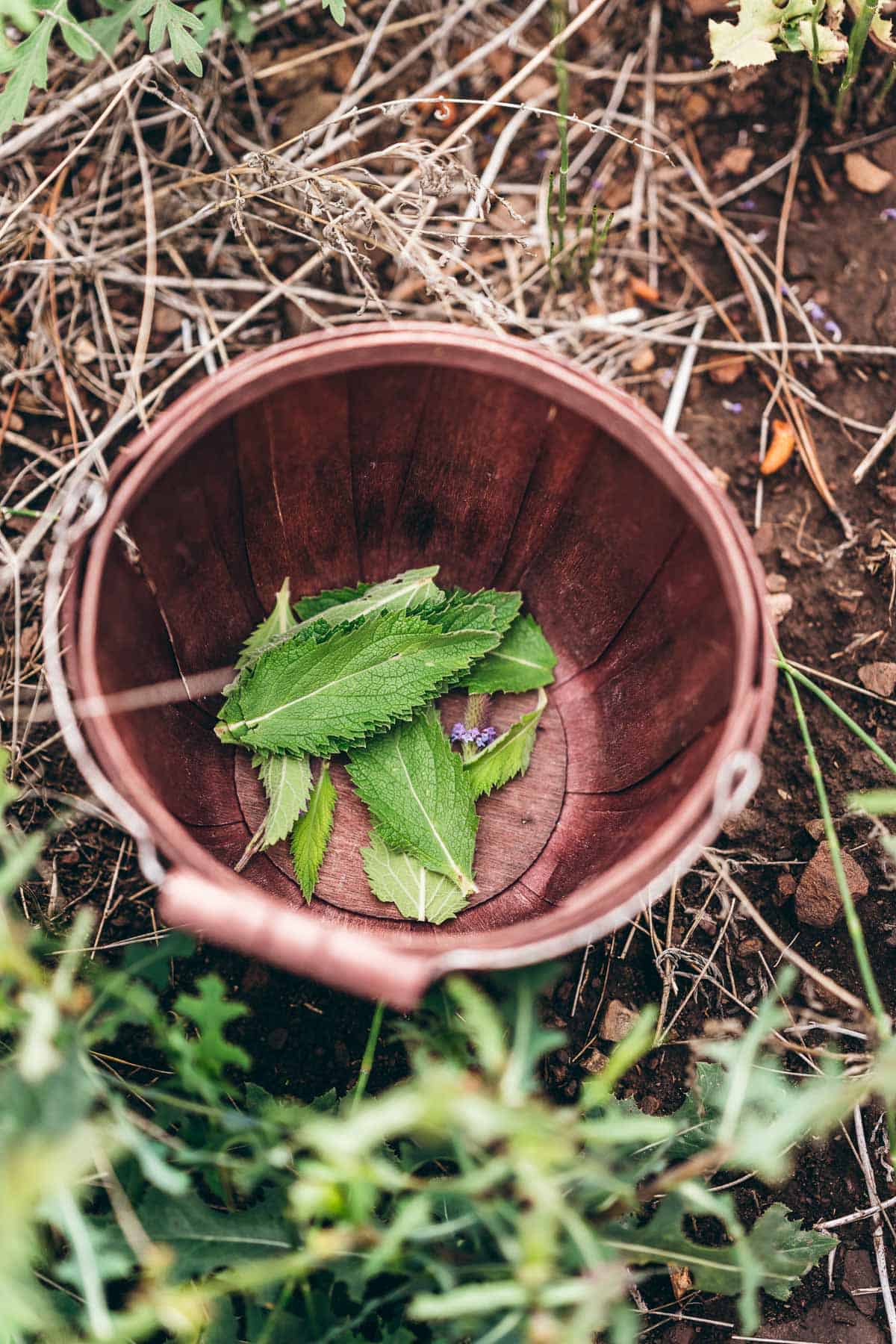
Blue Vervain DIY and Recipes
*coming soon* I’ll be updating this post with a recipe for a vervain extract, tincture, oil and a blue vervain tea. Be sure to check back!
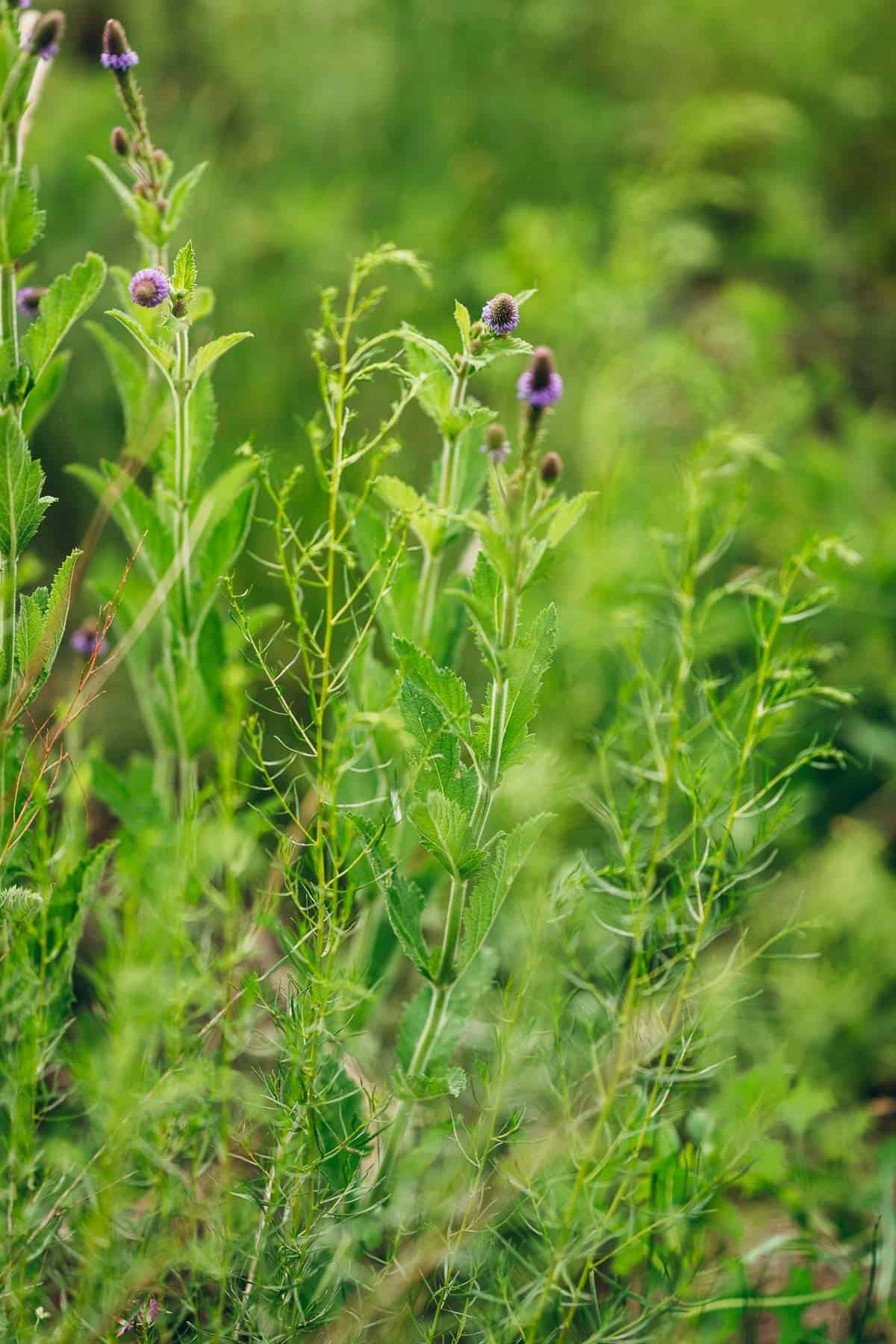
Fun Fact
Vervain’s reputation as a medicinal plant is so powerful that it is mentioned often in folklore. For example, it’s used to prevent mind control in vampire legends!
It gets its other name, ‘Holy Herb’ because it’s said to have been used to treat Jesus’ wounds after he was taken down from the cross.

Takeaways
Blue vervain (verbena hastata) has been harvested for hundreds of years because of its healing properties, beneficial for mental and physical health.
Hardy and naturally occurring across North America, this is a plant that’s valuable to foragers looking to treat depression, anxiety, insomnia, digestive issues, headaches, and infections.
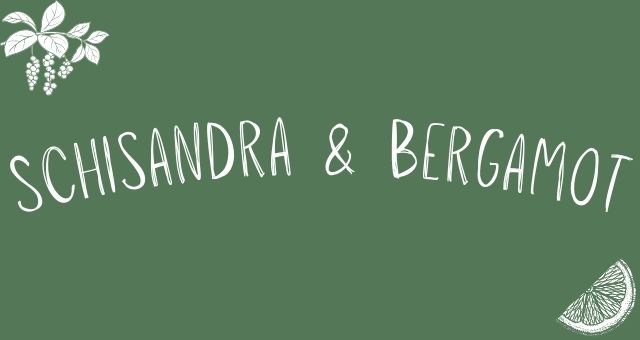


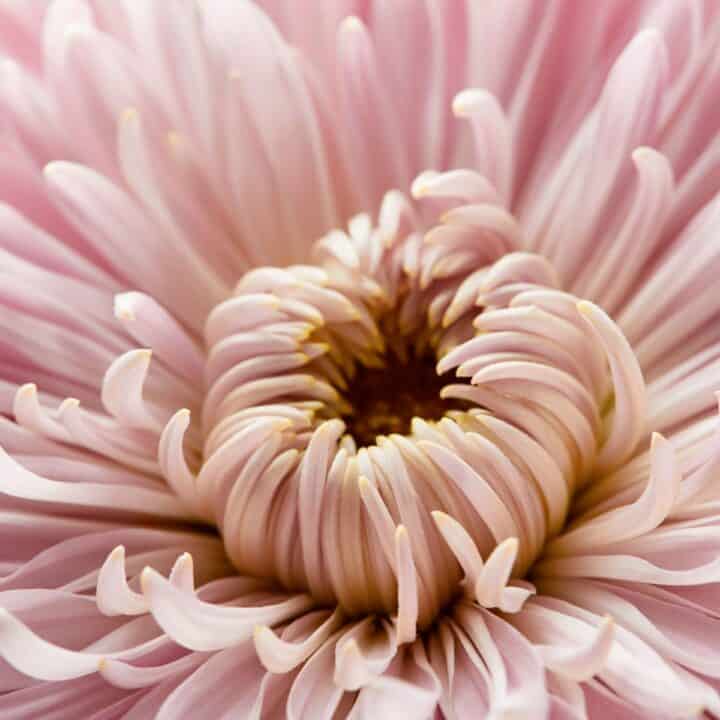
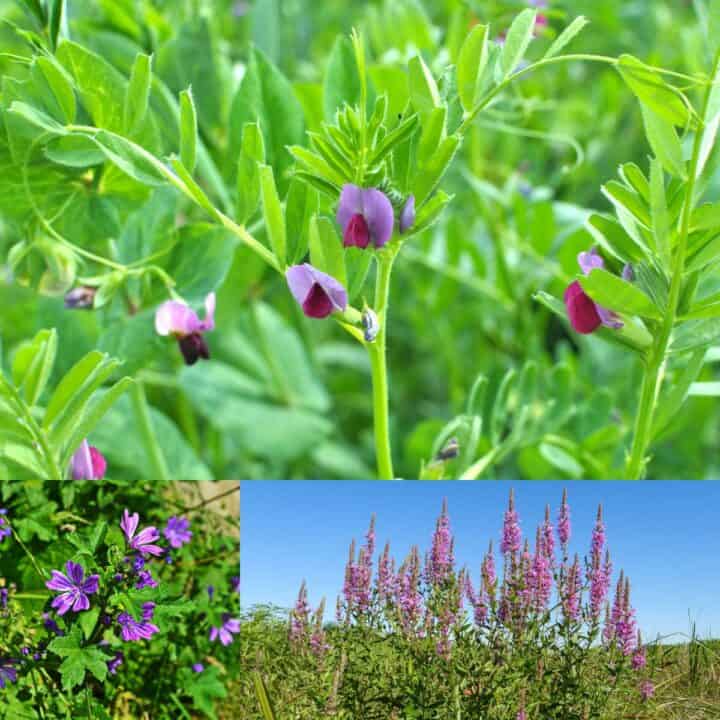
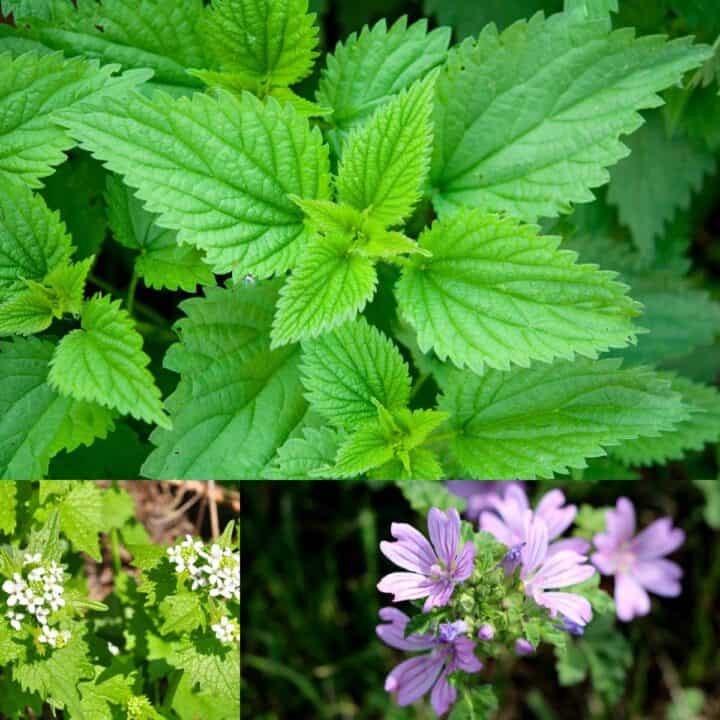
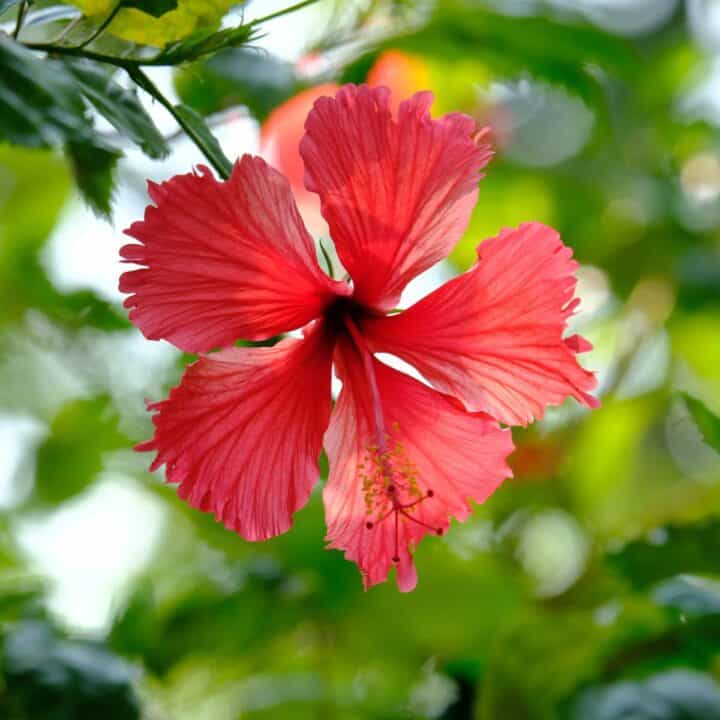
Comments
No Comments